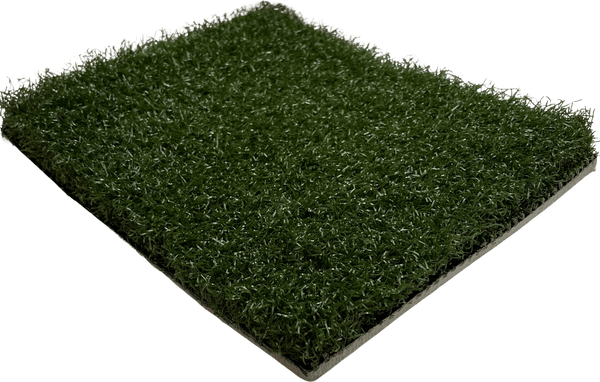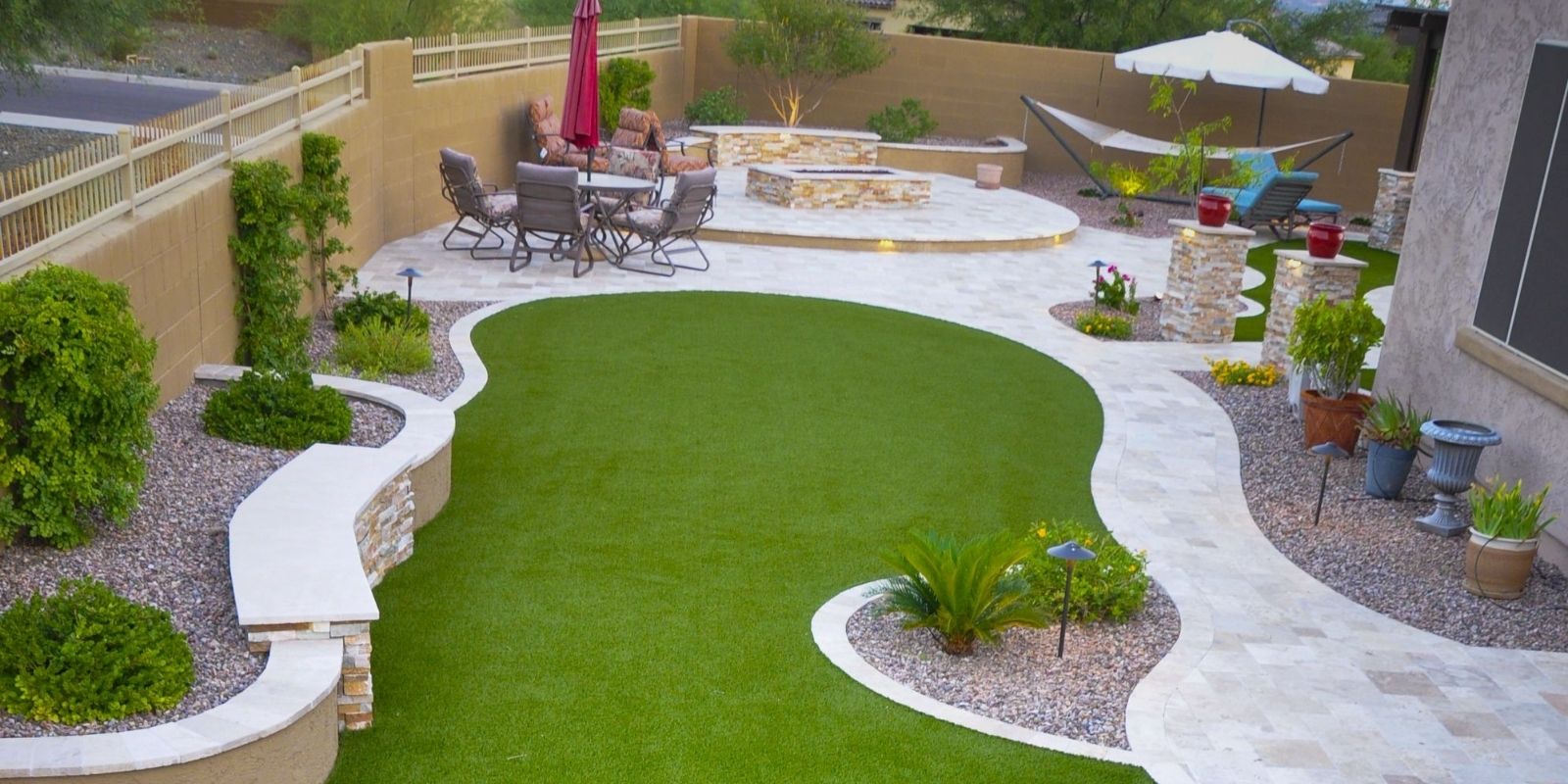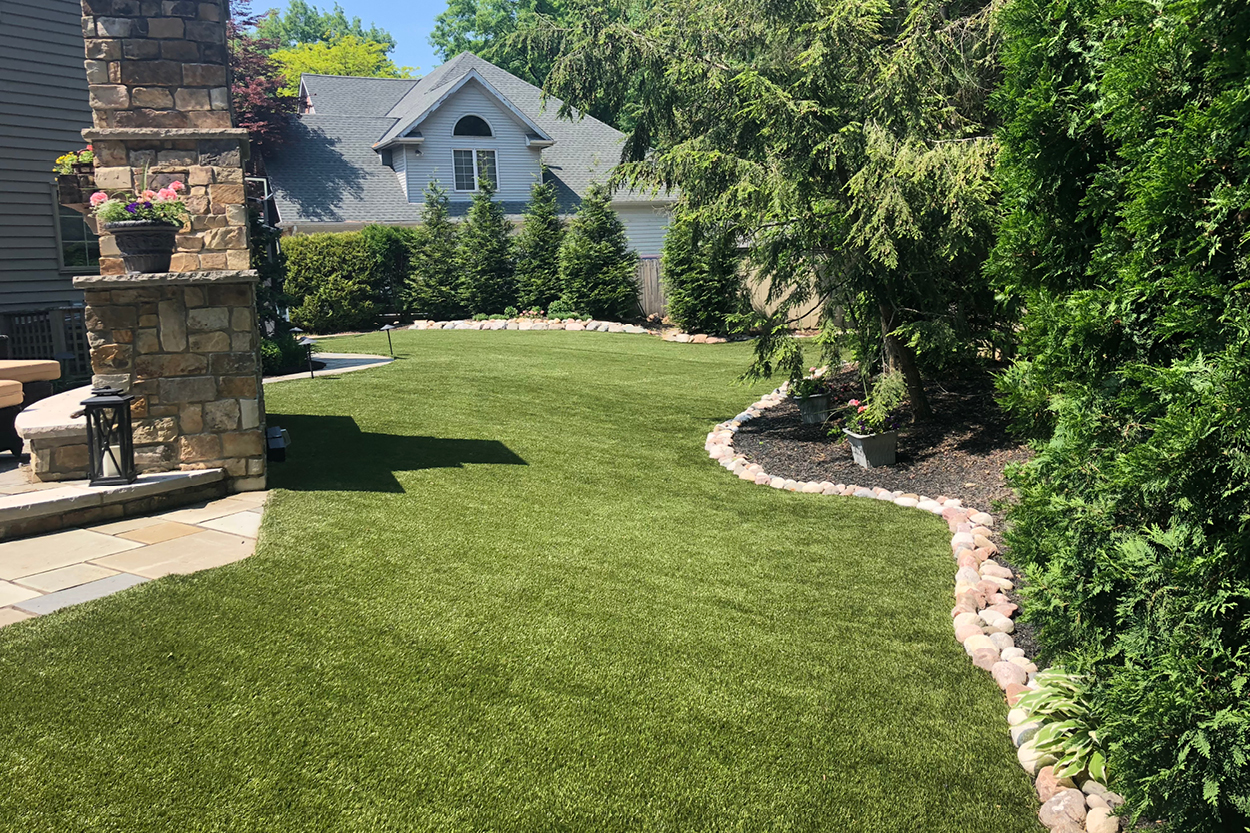Upgrade Your Yard with Expert Turf Installation Phoenix AZ Solutions
Upgrade Your Yard with Expert Turf Installation Phoenix AZ Solutions
Blog Article
Look Into the Environmental Advantages of Opting for Artificial Grass Solutions
The fostering of synthetic grass services provides a compelling opportunity to deal with pressing environmental obstacles. By significantly minimizing water use and lessening the application of hazardous chemicals, these options not only advertise sustainable landscape design yet likewise safeguard neighborhood ecological communities. In addition, the reduced carbon footprint related to reduced upkeep tasks adds to a more lasting approach to land management. The implications of these advantages expand beyond simple conservation initiatives, raising concerns concerning their long-lasting influence on habitat conservation and total ecological equilibrium. Exploring these dimensions exposes an intricate interplay worth taking into consideration.
Water Preservation Benefits
One of the most significant advantages of synthetic lawn is its capability to save water. Conventional grass yards call for considerable watering, particularly in locations prone to drought or water constraints. In comparison, synthetic grass does not need watering, significantly minimizing the total need for water resources. This function is especially beneficial in dry areas where water shortage is a pressing concern.
By getting rid of the need for normal watering, synthetic grass adds to sustainable landscape techniques and assists reduce the ecological impact of too much water usage. The preservation of water prolongs to the decrease of runoff, which can lead to dirt disintegration and waterway air pollution.
Additionally, the setup of fabricated grass allows house owners and districts to designate water resources a lot more successfully, focusing on crucial usages such as drinking water and farming. The shift towards fabricated grass not just advertises responsible water use yet likewise straightens with more comprehensive environmental goals focused on preserving natural resources.
As neighborhoods increasingly focus on sustainability, the water preservation advantages of fabricated turf offer a compelling situation for its fostering in industrial and domestic landscaping jobs.
Minimized Chemical Use
The change to artificial turf significantly decreases the dependence on chemical therapies commonly made use of in natural yard upkeep. Standard grass administration usually entails the application of fertilizers, chemicals, and herbicides to advertise development and control insects. These chemicals can position dangers to human health, regional wildlife, and the environment, adding to soil and water contamination.
On the other hand, synthetic grass removes the requirement for these harmful substances. When installed, it requires marginal upkeep, mainly being composed of normal cleansing and irregular infill replenishment. This decrease in chemical usage not just profits the immediate setting however also contributes to wider ecological security. By reducing the launch of artificial compounds into the ecosystem, artificial turf advertises healthier dirt and water supply.
Furthermore, the lack of chemical runoff related to synthetic grass installments assists shield neighborhood rivers from contamination, supporting aquatic life and preserving biodiversity. Arizona turf. As communities increasingly prioritize sustainable techniques, deciding for man-made lawn presents a sensible option that straightens with environmental conservation goals. Through this shift, residential or commercial property owners can appreciate lush environment-friendly spaces without compromising environmental health and wellness, leading the method for an extra lasting future
Reduced Carbon Impact

Moreover, the installment of artificial grass can result in substantial water conservation. Natural yards need considerable amounts of water for irrigation, which not only adds to the carbon impact connected with water removal and therapy but additionally stress local water resources. In contrast, synthetic grass requires very little upkeep, calling for no watering, thereby considerably minimizing water use and its associated energy costs.
Additionally, the longevity of synthetic grass adds to its lower carbon influence. With a lifespan of approximately 15 years or more, the need for constant substitutes is lessened, resulting in less waste and lower energy intake in production and disposing of standard turf options. In general, synthetic grass provides a sustainable option for eco mindful landscaping.
Habitat Conservation
Habitat conservation is an essential consideration in the discussion over landscaping options, specifically when contrasting synthetic grass to all-natural lawn. All-natural yard yards often require substantial maintenance, consisting of using plant foods, herbicides, and pesticides, which can adversely influence local communities. These chemicals can seep right into the soil and rivers, harming indigenous flora and animals and interfering with local environments.
On the other hand, synthetic grass presents a possibility to decrease the eco-friendly footprint of landscape design. By choosing artificial turf, home owners can reduce the disturbance of natural environments related to typical lawn care techniques. Synthetic grass removes the need for damaging chemicals, thus securing neighboring wild animals and preserving the honesty of bordering ecosystems. Additionally, the installment of synthetic grass can bring about the conversion of former lawn locations right into more biodiverse landscapes, find out this here such as pollinator gardens or native plant areas, which can sustain local wildlife.
Eventually, the shift to man-made turf not only conserves water and reduces upkeep initiatives yet also promotes an extra unified connection between human activities and the natural environment, advertising environment preservation while doing so.
Long-Term Sustainability
Long-term sustainability is an important consider evaluating the benefits of synthetic grass over traditional grass yards. One of one of the most considerable benefits of synthetic grass is its toughness; it can last approximately 15-20 years with very little maintenance, whereas all-natural turf calls for constant reseeding and replacement. This long life minimizes the need for consistent sources, such as water, plant foods, and pesticides, which are crucial for preserving a healthy grass lawn.
In addition, artificial lawn adds to a reduction in carbon exhausts connected with grass browse this site treatment tools. Conventional grass often need gas-powered mowers, leaners, and blowers, all of which add to air pollution. Turf installation phoenix az. On the other hand, artificial grass eliminates the demand for such devices, advertising a cleaner environment
Additionally, the manufacturing of synthetic grass significantly utilizes recycled materials, improving its sustainability profile. As suppliers adopt green practices, the environmental impact of synthetic lawn remains to decrease.

Verdict
The adoption click to find out more of artificial turf remedies provides significant ecological advantages, including considerable water conservation, lowered reliance on harmful chemicals, and a reduced carbon impact. Fabricated grass help in preserving all-natural habitats by lessening land disturbance and promoting lasting sustainability through the use of long lasting materials. Collectively, these aspects highlight the potential of artificial turf to add positively to ecological health and use a sensible alternative to standard landscaping methods in an increasingly resource-conscious world.
In comparison, fabricated turf does not need watering, dramatically decreasing the general need for water sources. By minimizing the launch of artificial compounds into the community, man-made lawn promotes healthier soil and water systems.
Moreover, the installation of man-made lawn can result in substantial water conservation. In contrast, artificial turf requires marginal upkeep, calling for no watering, thereby considerably minimizing water use and its linked power prices.

Report this page